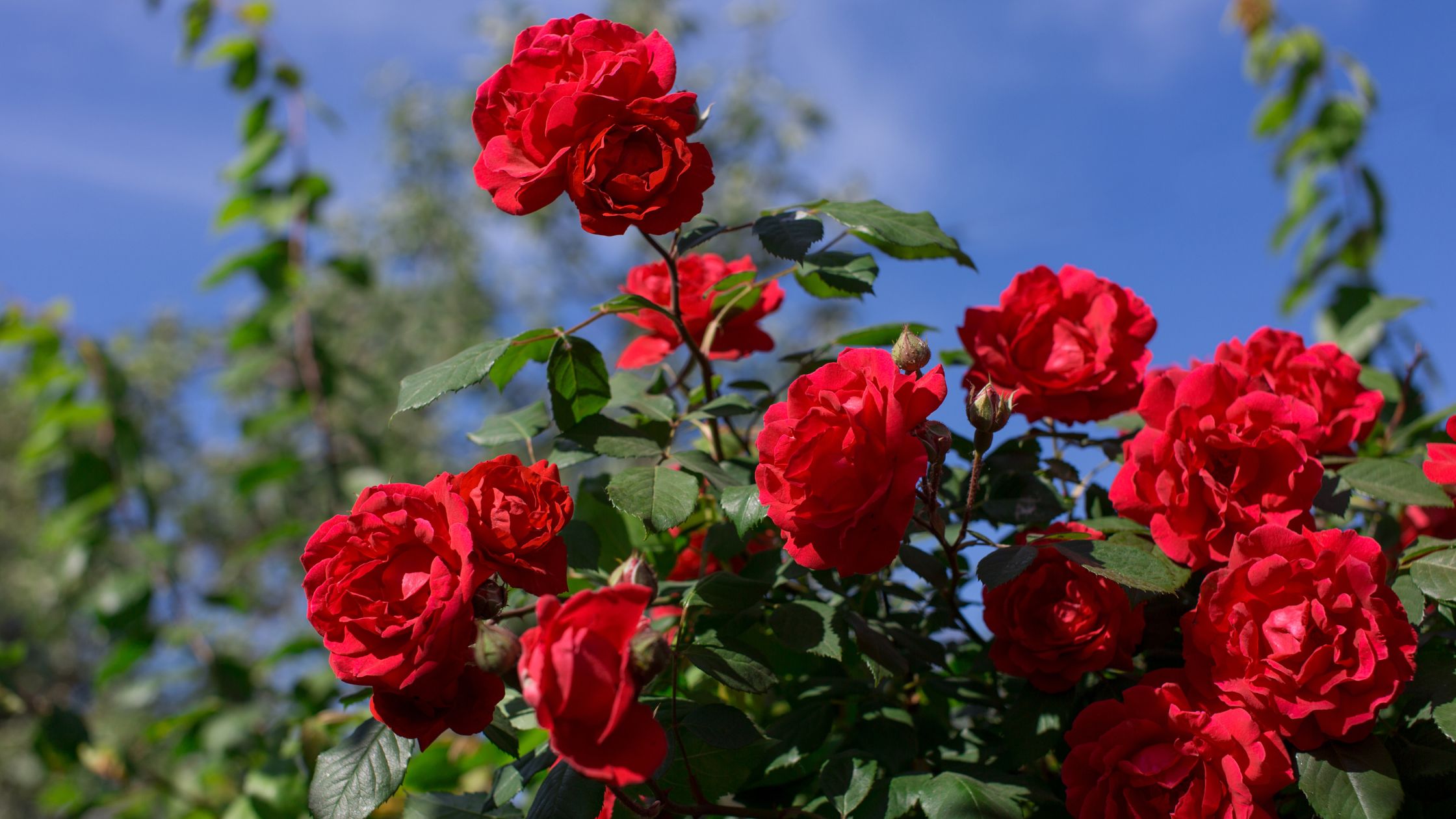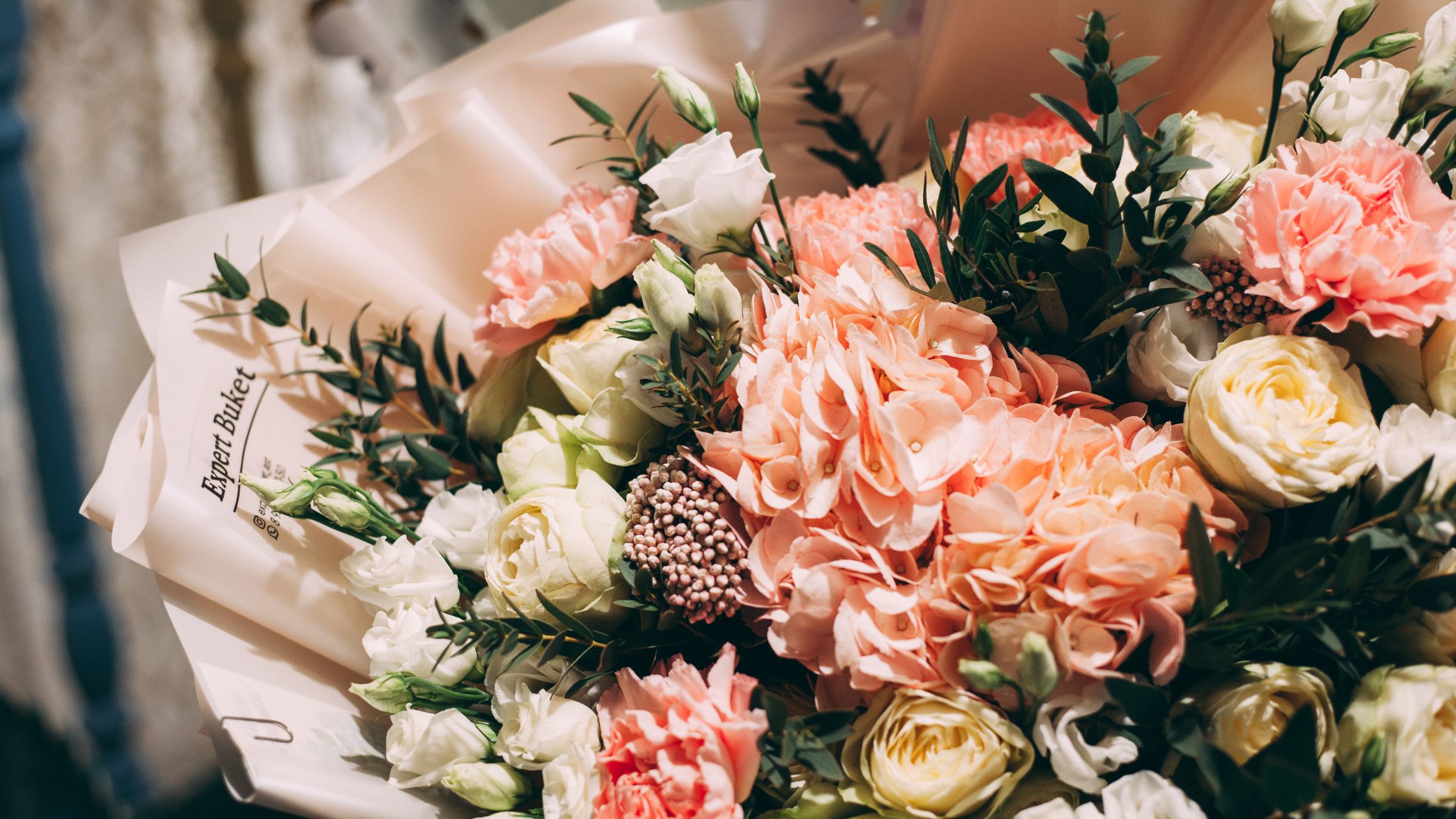Posted by Amber Williams on 13th Feb 2024
Why Do We Celebrate Valentine’s Day?

We’ve all heard the accusations: ‘Valentine’s Day is a commercial holiday designed to get us to spend more money!’.But, once upon a time, Valentine’s Day was celebrated with enthusiasm!
If you’ve ever wondered why Valentine’s Day is celebrated, or better yet, why roses in particular have become the traditional Valentine's symbol, then you’re in the right place.
Where it allegedly all began
You might have heard of someone called Saint Valentine. Well, the identity of Saint Valentine isn’t officially confirmed – but this historical figure is the influence of Valentine’s Day. Valentine's story goes something like this...
Picture the scene: it’s over 2000 years ago, and we’re in ancient Rome. Thanks to Emperor Claudius II, you’re no longer allowed to marry the love of your life. Why? The Emperor banned young men from marrying, as they made better soldiers if they were single. Thankfully, you’ve heard of a priest/bishop called Valentine, and it’s rumoured that he’s marrying young couples on the down low.
Eventually, he's thrown in prison because the emperor found out. Legend has it, that while he’s in prison, he befriends the jailer’s blind daughter and heals her. They became close, and before he was executed on February 14th, he wrote a letter to her and signed it ‘from your Valentine’.
How did this evolve into Valentine’s Day?
It took a while, but eventually, the Victorians adopted the Valentine’s Day traditions we see today. Cards were made by hand and were filled with poems and affectionate messages. This was then eventually called ‘Valentines’.
The Victorian era also saw the start of gifting flowers to loved ones. It was eventually called ‘Floriography’, where each flower had a meaning. Women of that time were particularly interested in Floriography and would use the methods to communicate their feelings to suitors.
The flourish of Floriography
Victorians adopted this not-so-secret language of love with gusto. If you sent someone a single red rose, you might as well be singing a ballad outside their window. But if they sent back a yellow carnation? That was the polite way of saying ‘thanks but no thanks’.
Single flowers VS bouquets held a significant difference. A single flower (usually a red rose) showed your initial attraction and the potential for your love to bloom. A bouquet on the other hand conveyed a stronger level of attraction or affection. It doesn’t necessarily mean they were in love, perhaps it was an expression between friends or family members (much like today!).
As we mentioned, each flower held a different message. Roses, of course, convey love and affection. Daffodils were a symbol of new beginnings. Anemones were a sign of anticipation. Sweet peas held connotations of gratitude or pleasure. Every flower you can think of held a different meaning, and they knew them all!
The modernisation of Valentine's Day
Over time, the desire to continue traditions like gifting roses has changed. Couples are opting for more pastel shades instead. According to a survey conducted by Bloom & Wild, "58% [of customers] thought red roses were a cliche".
For thousands of years, Valentine's Day has been celebrated around the world by different cultures and religions. Now, with a more modern approach, the traditions continue to evolve. But, the custom of celebrating love in all its forms remains the same!
The history of Valentine's Day is a different kettle of fish to 'The Long History of Roses'. That's why we wrote a whole blog about it! If you're ready for a new topic, read that next.

